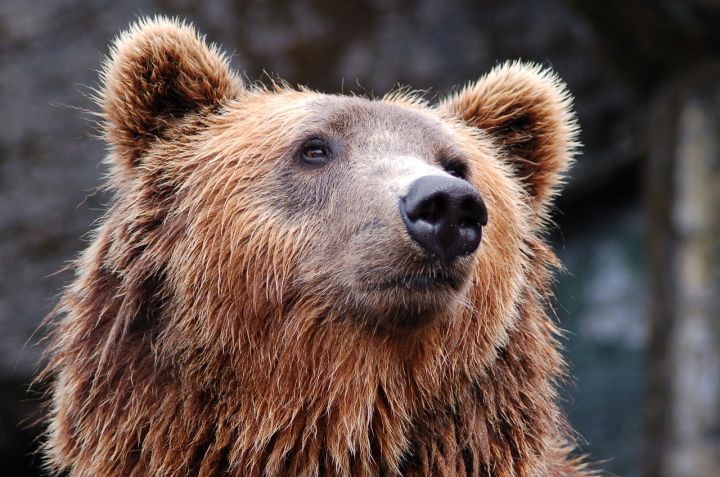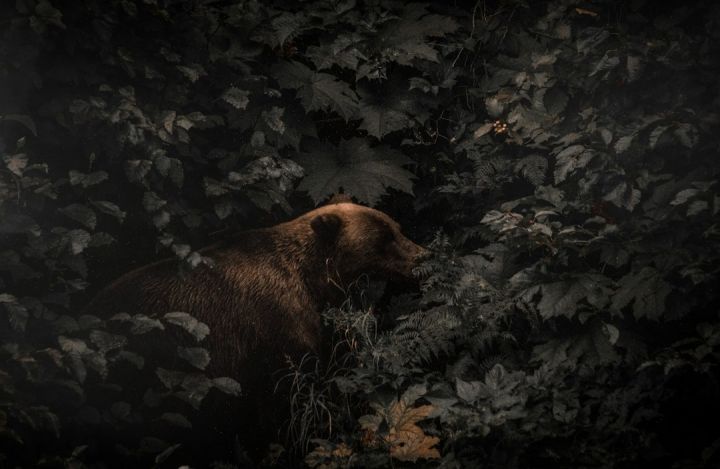How Can You Tell a Bear’s Mood?
Bears are powerful and majestic creatures that have captured the fascination of humans for centuries. However, understanding their behavior and knowing their mood can be crucial for both researchers and outdoor enthusiasts. In this article, we will delve into the different ways you can decipher a bear’s mood, allowing you to stay safe and make informed decisions when encountering these magnificent animals in the wild.
Body Language: The Key to Understanding Bears
One of the most effective ways to determine a bear’s mood is by observing their body language. Bears, like any other animal, communicate through their posture and movements. By paying close attention to these cues, you can gain valuable insights into their emotional state.
Relaxed Bears: Signs of Contentment
When a bear is relaxed and content, their body language will reflect this. They may appear calm and at ease, with their ears in a neutral position and their body relaxed. Their movements will be slow and deliberate, and they may engage in behaviors such as foraging or grooming. A relaxed bear may also emit soft vocalizations, indicating a sense of tranquility.
Agitated Bears: Signs of Discomfort
On the other end of the spectrum, an agitated bear will exhibit signs of discomfort or unease. Their body language will be tense, with their ears pinned back and their body hunched. They may also make huffing or woofing sounds, indicating their stress levels. Agitated bears may engage in defensive behaviors such as swatting the ground, popping their jaws, or making bluff charges.
Stressed Bears: Signs of Fear or Threat
When a bear feels threatened or fearful, their body language will display signs of stress. Their ears will be flattened against their head, and their body may appear hunched or lowered to the ground. Stressed bears may also show signs of aggression, such as growling, snarling, or even standing on their hind legs to appear larger. It is important to note that stressed bears may resort to defensive behaviors if they feel cornered or provoked.
Context Matters: Understanding the Situation
While observing a bear’s body language is crucial, it is equally important to consider the context in which you encounter them. Bears may exhibit different behaviors depending on the situation they find themselves in.
For example, a bear that is protecting its cubs will display heightened aggression and defensive behaviors. In this scenario, it is best to give the bear a wide berth and slowly back away to avoid escalating the situation further. Similarly, a bear that is startled or surprised may react with fear, leading to defensive behaviors. By being aware of your surroundings and understanding the context, you can better assess the bear’s mood and act accordingly.
Safe Practices: Avoiding Conflict with Bears
While understanding a bear’s mood is essential, it is equally important to adopt safe practices when encountering these magnificent creatures in the wild.
First and foremost, it is crucial to give bears their space and respect their natural habitat. Avoid approaching them too closely and never attempt to feed or provoke them. Additionally, make noise while hiking to alert bears of your presence and carry bear spray as a precautionary measure.
Conclusion: Coexisting with Bears
In conclusion, understanding a bear’s mood can provide valuable insights into their behavior and emotions. By observing their body language and considering the context, you can better gauge whether a bear is relaxed, agitated, or stressed. This knowledge is essential for maintaining your safety and minimizing conflicts with these magnificent creatures. Remember to always practice safe and responsible behavior when encountering bears in the wild, allowing both humans and bears to coexist harmoniously.






